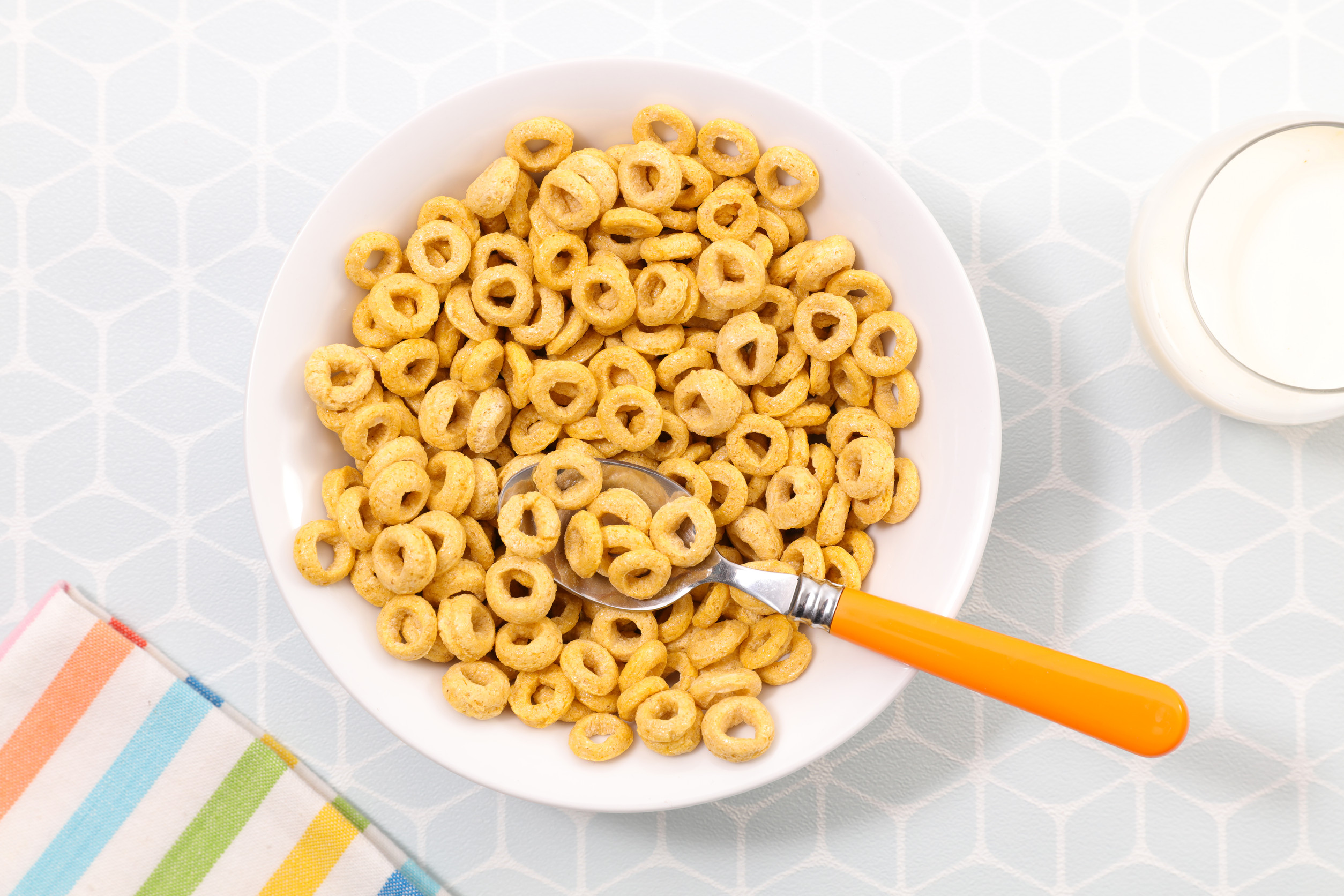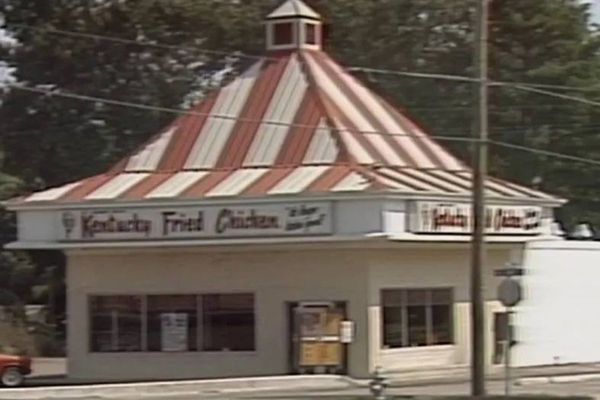Ever reach for your favorite snack only to realize it feels lighter? That’s the frustrating and sneaky rise of hidden grocery shrinkflation—when products look the same on the shelf but deliver less in the bag. And in 2025, with prices already high, those stealth cuts hit harder. Knowing where manufacturers are trimming can help you buy smarter and protect your budget. Let’s unpack eight common grocery finds that have quietly shrunk—and what to do when this undercover downsizing shows up in your cart.
1. Cereal Boxes That Feel Half Empty

Remember that hefty family-size cereal box? Now, it’s noticeably lighter, without a price drop. General Mills trimmed boxes of Cheerios and Cinnamon Toast Crunch from around 19.3 oz to 18.1 oz, keeping prices steady. Consumers report the box looks almost identical, but it yields nearly a serving less, enough to mess with your unit-cost math. That stealth reduction is classic hidden grocery shrinkflation in action. The takeaway? Always check ounce labels and calculate price per ounce.
2. Doritos Bags with Fewer Chips
Your Doritos bag still reads “9.75 oz,” but the actual contents often hover near 9.25 oz. Frito‑Lay confirmed they “took just a little bit out of the bag” to maintain prices during cost hikes. It’s easy to miss—but the bottom line is 5 fewer chips per purchase, surprising your snack budget (and appetite). And because the bag looks the same, your eyes might not notice until you’re down to the last crisp. The solution? Use unit prices or weigh the bag yourself to spot the difference.
3. Reese’s Cups That Shrunk
Even iconic candy isn’t immune. Reese’s Peanut Butter Cups two‑packs dropped from 1.6 oz to 1.5 oz—small, but meaningful when priced per ounce. You might not taste the change, but your snack-per-dollar ratio declined. This subtle shrinkage is a textbook example of hidden grocery shrinkflation. Keep in mind: if a product looks identical but you detect fewer servings, you’re likely getting less value. Don’t just trust packaging—read the weight label.
4. Ice Cream Tubs That Vanished Quarts
Tillamook admitted they downsized their ice cream tubs from 56 oz to 48 oz while holding the price steady. That’s a 14% shrink with no price relief—ouch for ice‑cream fans. The packaging still touts indulgence, but scooping out eight fewer ounces is hard to ignore. It’s a classic case of hidden grocery shrinkflation masked as consistent value. Remember: just because the container looks the same, it doesn’t mean you’re paying the same rate per ounce.
5. Tuna Cans That Lost Weight
Canned tuna has quietly shrunk over time—from 6.5 oz to 5 oz in many brands. You still pay similar prices, but the sparser meat leaves you paying more per serving. It’s a slow fade—one ounce won’t raise eyebrows, but repeated buys add up. Next time you’re making tuna salad, the missing ounces might inspire you to compare unit costs instead. Shrinking protein staples? That’s hidden grocery shrinkflation eroding value over time.
6. Chips and Snack Bags That Empty Out Fast
Beyond Doritos, lots of chip bags have slimmed—Lay’s, Ruffles, Tostitos, even store brands. A 9‑oz bag can now weigh around 8‑oz—similar crisp count, but packed less full. The bag floats on air, a sneaky visual signal that tricks our eyes. And your unit cost climbs without awareness. Combat this hidden grocery shrinkflation by always referencing price-per-ounce and watching for airy packages.
7. Toilet Paper Rolls with Fewer Sheets

Bath tissue shrinkage is real, too. Premium rolls now offer about 244 sheets instead of the former 264 per roll—yet sticker prices didn’t budge. You’re paying the same for two fewer dozen sheets every pack. Sneaky and frustrating, right? Look at roll count and sheet length—not just pack size—when stocking up. Awareness helps you avoid paying more for less bulk.
8. Gatorade and Drinks That Just Don’t Quench
Beverages are shrinking, too: some 32‑oz Gatorade bottles now hold only 28 oz—no price cut in sight. When hydration costs more per ounce, your performance budget takes a hit. The bottle design stays the same but drinks less per sip. It’s another hidden grocery shrinkflation move to monitor. Recheck the label ounces to find the right refreshment value.
Stay Ahead of Shrink Before It Shrinks Your Budget
The takeaway? Shrinkflation isn’t just inflation by another name—it’s a stealthy tactic brands use to maintain profits while appearing price‑stable. In 2025, savvy shoppers combat it by focusing on unit price, checking ounce counts, and using apps that flag shrinkage. When everything feels more expensive, paying attention to what’s inside the packaging is the smart move. Your wallet—and your pantry—will thank you.
Have you noticed any favorite grocery items shrinking lately? Share the brands or sneaky squeezes you’ve spotted in the comments!
Read More
8 Costco Essentials That Got Smaller But More Expensive
Beyond Walmart: Why Smaller Grocers Might Be Your Best Bet
The post 7 Grocery Items That Look the Same but Got Way Smaller appeared first on Grocery Coupon Guide.







